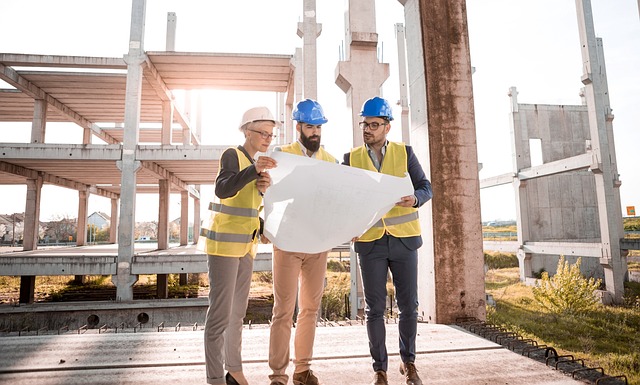With metal machinery, rotating robotic arms, and potentially dangerous and corrosive substances, it’s no surprise that construction sites are high-risk areas. They present numerous hazards that can lead to various accidents and injuries.
Unfortunately, freak accidents can happen anywhere, at any time. Some of these accidents may result in long-term injuries, disabilities, or even fatalities.
However, with effective health and safety measures in place, you can avoid preventable injuries on your construction site. You can keep your employees safe and healthy, promoting a collaborative and enjoyable environment and keeping associated costs low.
Preventing these injuries is crucial to maintaining a safe work environment. There are several preventative methods you can adopt, including the use of protective headwear and other PPE equipment, providing in-depth training, and fostering an open-door policy to encourage your staff members to speak up if they have any safety concerns.
In this article, we will cover the most common construction site injuries and effective preventive strategies to mitigate these injuries and ensure the safety of all on-site workers.
The Most Common Construction Site Injuries and How to Prevent Them
Below are the most common injuries that occur in commercial construction and some key steps for preventing them.
Falls from Heights
Falls from heights are a significant hazard in the construction industry, as many jobs involve using platforms and scaffolding. Falling off scaffolding can result in severe injuries or fatalities in some cases, so prevention is vital for the health and well-being of your staff.
Here are helpful preventive measures and strategies to address falls from heights:
- Perform a comprehensive risk assessment of the platform of scaffolding prior to use.
- Implement appropriate fall protection systems based on specific work conditions and tasks, including guardrails, safety nets, or personal fall arrest systems (PFAS) such as harnesses and lanyards.
- Erect scaffolding according to manufacturer guidelines and industry standards. Inspect scaffolding regularly for stability and secure it to prevent tipping or collapsing.
- Train workers on safely assembling, using, and dismantling scaffolding and ladders. Encourage using platform ladders instead of step ladders when working at heights.
Struck-by Accidents
Struck-by accidents are a common hazard in construction, where workers can be struck by moving objects, vehicles, or equipment. They can lead to serious injuries, including traumatic brain injuries (TBIs), if the individual is struck on the head.
Thankfully, there are plenty of things you can do to avoid struck-by accidents from occurring on your construction site, including the following:
- Establish clear exclusion zones to restrict access to areas where moving equipment or objects pose a risk
- Use visible signage, barriers, and barricades to indicate restricted areas and inform employees to take extra caution
- Clearly communicate the purpose and importance of exclusion zones to workers and enforce compliance
- Provide all employees with hard hats in designated areas or when there is a risk of falling objects or overhead hazards
- Regularly inspect and maintain all vehicles, machinery, and equipment to ensure their proper functioning
Implement preventive maintenance schedules and address any equipment defects or malfunctions promptly
Electrical Injuries
Electrical injuries can occur when a construction employee comes into contact with live wires, faulty equipment, or improper grounding. Electricity is extremely dangerous if handled incorrectly, which is why consideration of electrical safety in the workplace is crucial to keep your employees safe and injury-free.
Here are effective preventive measures and strategies to address electrical injuries on your worksite:
- Provide comprehensive electrical safety training to all workers, emphasizing the hazards associated with electricity and the safe work practices to follow.
- Train workers on lockout procedures to de-energize and isolate electrical equipment before maintenance or repairs are performed.
- Conduct regular inspections of electrical equipment, tools, and wiring to identify any defects or potential hazards.
- Ensure that all equipment is properly grounded, and wiring is in good condition before use
- Encourage your workers to report any electrical hazards promptly and never use electrical equipment if they notice faults or damaged wiring.
- Provide all workers with adequate and appropriate PPE to protect them from electrocution
- Allow only trained and qualified individuals to handle high-voltage equipment.
Strains and Sprains
Strains and sprains are injuries resulting from overexertion, repetitive motions, or improper lifting techniques. They are some of the most common injuries in almost every workplace, including construction sites.
Implement the following measures on your construction site to minimize the risks of strains and sprains:
- Provide regular training on proper body mechanics, lifting techniques, and the use of mechanical aids.
- Provide staff with ergonomic equipment if needed.
- Encourage workers to take regular breaks and rotate tasks to reduce physical strain.
- Maintain a clean and organized work area to minimize tripping and slipping hazards.




